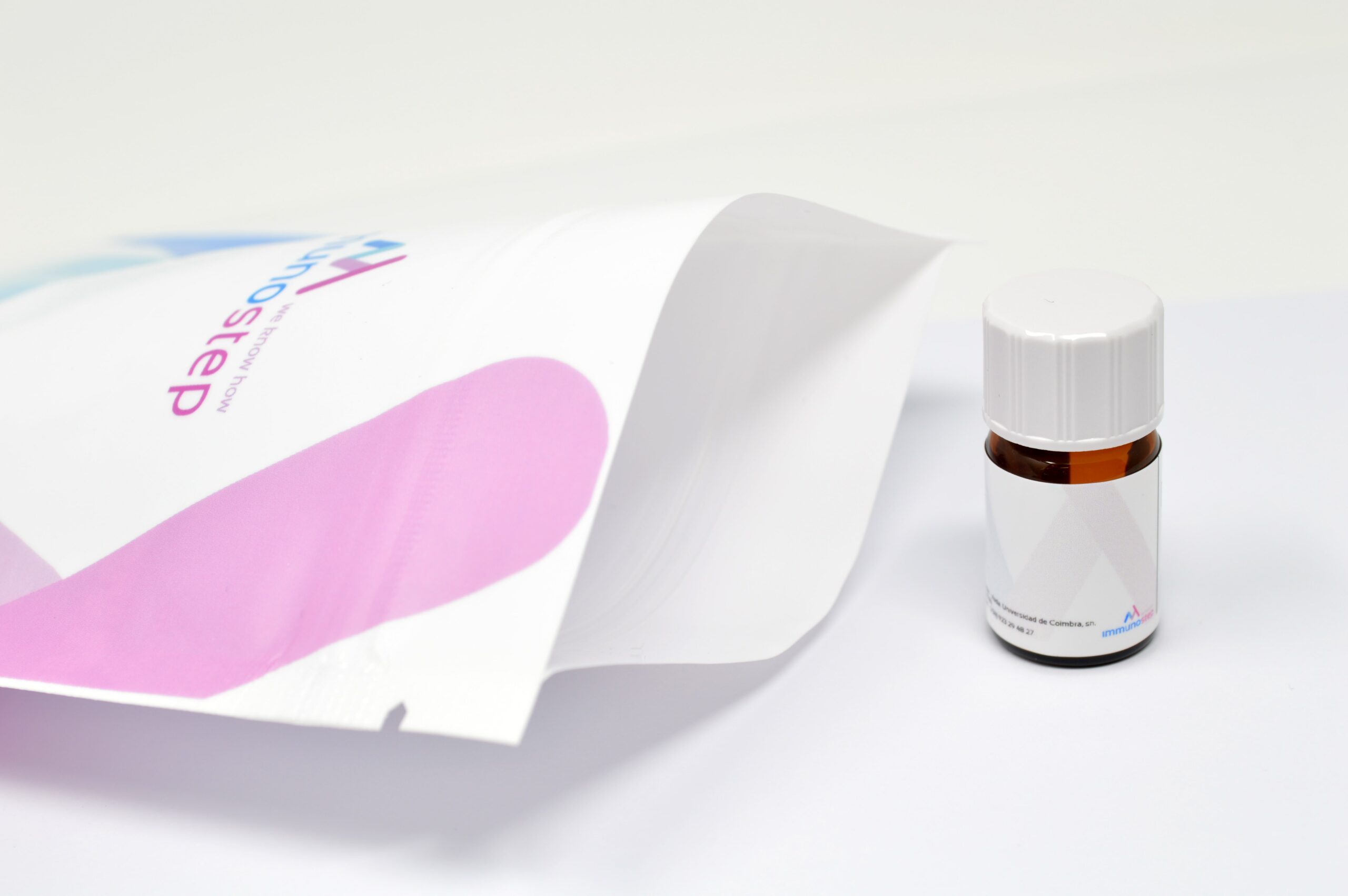- Products
- Oncohematology
- Antibodies
- Kits
- CAR T-cell
- Euroflow
- Single reagents
- Request info
- Resources and support
- Immunology
- Antibodies
- Single reagents
- Cross match determination (FCXM)
- FcεR1
- Ig subclasses
- Single reagents
- Kits
- TiMas, assessment of tissue macrophages
- Request info
- Resources and support
- Antibodies
- Exosomes
- Accesory reagents
- Software
- Oncohematology
- Services
- Peptide Production
- Design
- Modification
- Protein Services
- Expression and purification
- Freeze drying
- Monoclonal And Polyclonal Antibody Development
- Monoclonal
- Policlonal
- Specialized antibody services
- OEM/Bulk production
- Purification
- Conjugation
- Custom Exosome Services
- Isolation and purification
- Characterization
- Peptide Production
- Shop
- Support
- About Us
- Contact
- Shop
- Single Antibodies
- Anti-Human IgM (MHM-88)
Anti-Human IgM (MHM-88)
175,00 € excl.VAT
IgM is the first antibody produced in a primary immune response and circulates mainly as a high-avidity pentamer. It efficiently activates the classical complement pathway and is also expressed on naïve B cells as part of the B-cell receptor. Anti-human IgM monoclonal antibodies specifically recognize the μ heavy chain and are widely used in flow cytometry and immunofluorescence to identify IgM+ B cells in studies of B-cell maturation, immune function, and related disorders.
Additional information
| Gene ID | |
|---|---|
| Species Reactivity | |
| Storage | Store in the dark at 2-8 ºC |
| Other names | IGHM, Immunoglobulin M |
| Buffer | Aqueous buffered solution containing protein stabilizer and 0.09% sodium azide (NaN3). |
| Immunogen | Human Ig cocktail |
Recomended usage
Immunostep’s anti-human IgGM, clone MHM-88, is a monoclonal antibody intended for the identification of cells expressing IgM protein in peripheral blood using a compatible flow cytometer. This reagent is effective for direct immunofluorescence staining of human tissue for flow cytometric analysis using 1 test for 106 cells or 100 l of sample. Anti-IgM should be used with wash steps before reagent addition or with ficoll gradient separation to remove Immunoglobulins from serum.
References
| Product description | Reference | Title | Authors | Journal | Year | |
|---|---|---|---|---|---|---|
| Product description | Reference | Title | Authors | Journal | Year |
Related products
-
CD146
142,00 € excl.VAT – 468,00 € excl.VAT Select options This product has multiple variants. The options may be chosen on the product page -
CD21
198,00 € excl.VAT – 271,00 € excl.VAT Select options This product has multiple variants. The options may be chosen on the product page -
CD15
246,00 € excl.VAT – 468,00 € excl.VAT Select options This product has multiple variants. The options may be chosen on the product page -
CD13
249,00 € excl.VAT – 405,00 € excl.VAT Select options This product has multiple variants. The options may be chosen on the product page
